As the dust settles from a bumpy first two quarters of the year, portfolios have traded higher even with the U.S. policy adjustments we have experienced. Even though it may feel like risks are high, as we often say, it’s time in the market, not timing the market, that is key.
We expected more volatility in the markets this year and that has been the case so far. The tariff plan by the Trump administration caused the markets to sell off, but when they stepped back from the edge and paused the reciprocal tariffs the markets gained back all that was lost. It looks like markets have come to accept that there will be some form of tariffs in place for all countries that do business with the U.S. This will likely be the 10% tariff level that the U.K. has agreed to, even though they have a trade deficit with the U.S. President Donald Trump wants the income from tariffs to pay for his other policies, which are going ahead. A tariff is a tax that is collected on imported foreign goods and paid mainly by consumers. It is a form of a value added tax, like Canada’s GST or the VATs that we see in European countries.
Next week the 90-day tariff pause that was announced will come to an end. The Whitehouse is downplaying the July 9 pause deadline and saying if countries are negotiating in good faith, the deadline will be extended. As we have seen, that doesn’t mean that we won’t have some fireworks around the date. The Canadian digital services tax that was due to be collected from American companies on June 30 has now been scrapped after Trump broke off negotiations on a larger deal. This goes to show that there are many moving parts in negotiations, and they can shift quickly after a post by Trump. We will see what happens in the next week, but if large tariffs are put in place, it will likely be for only a short time, and cooler heads will prevail.
When we look forward to the second half of the year, we are saying we a cautiously optimistic. There is the potential for tailwinds for the U.S. economy as U.S. tax cuts will likely be implemented, and deregulation will also be taking place. We will also likely see interest rate cuts at last by the U.S. Federal Reserve. The markets are currently pricing in two rate cuts for the second half of the year.
The economy in Canada and the U.S. is likely to cool down further in the coming months. That doesn’t mean that the markets are due for a big correction. Markets are always forward looking and if a slowdown occurs, but the markets expect a re-acceleration, we can still see them continue to grind higher. There are greater chances of a mild Canadian recession, but at this point it is unlikely to be severe. As we often say our biggest concern in investing is the U.S. economy as a recession there typically leads to a bigger recession in Canada. At this point we still think there is a low risk of a U.S. recession. The global markets are looking more interesting today as governments like Germany are stimulating their economies and fund flows are shifting from the U.S. to other regions, which is weakening the U.S. dollar and strengthening international currencies. This is leading us to increase global equity exposure.
There are higher risks today than there have been the past few years, so we continue to look at client portfolios and are adjusting to get more defensive. That doesn’t mean we are recommending major changes, but we do think they are worth considering on the margin. The last few years have been very good to investors, so it makes sense to assess your asset allocation and make sure it still fits your long-term goals.
We hope you had an opportunity to spend Canada Day with friends and family and have a great summer. If you have any questions, please let us know, and we will be happy to go over them with you.
Regards
Mike, Craig, Darren, Paul & Brent





